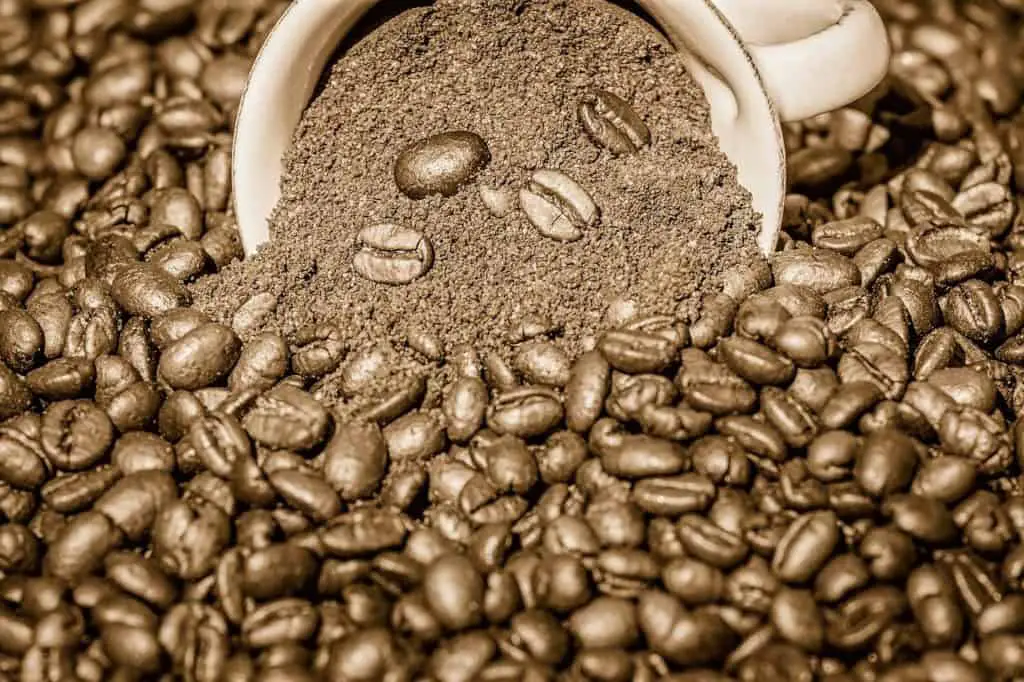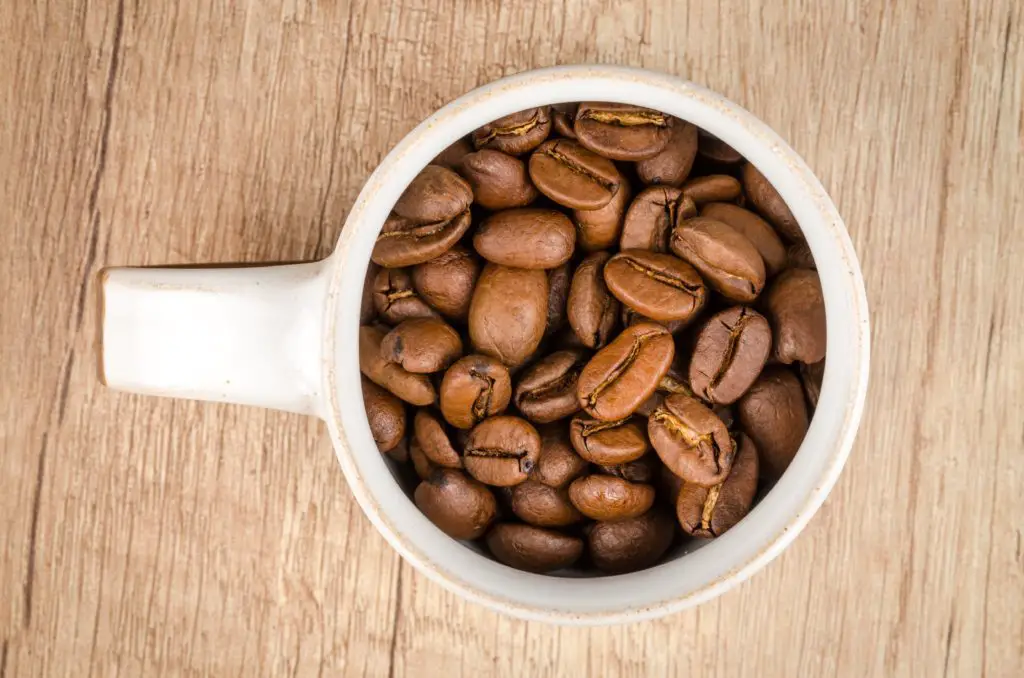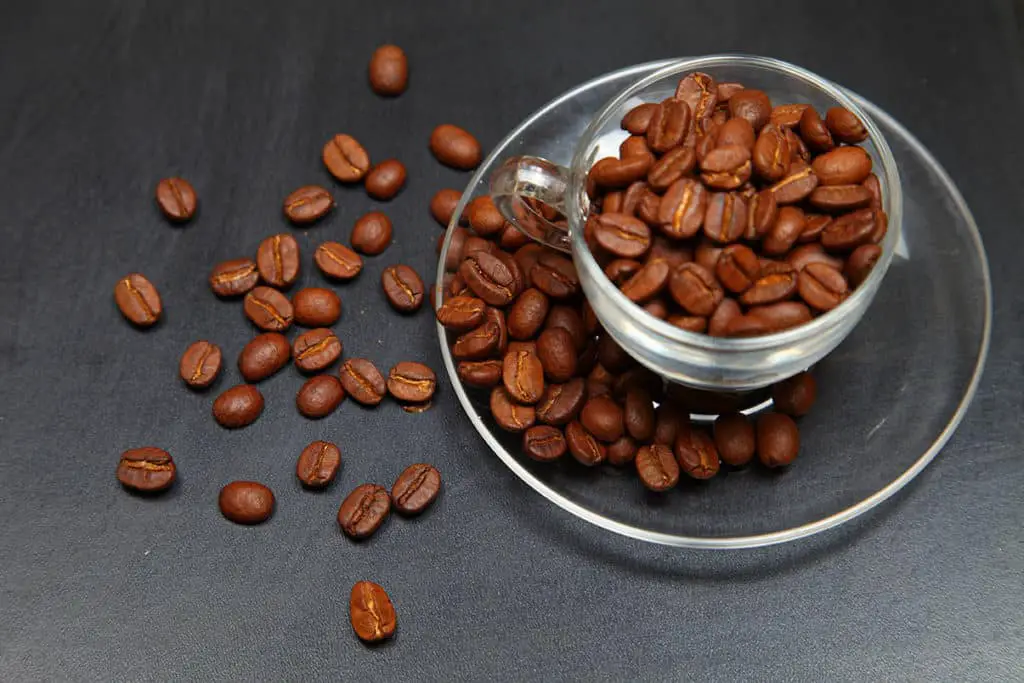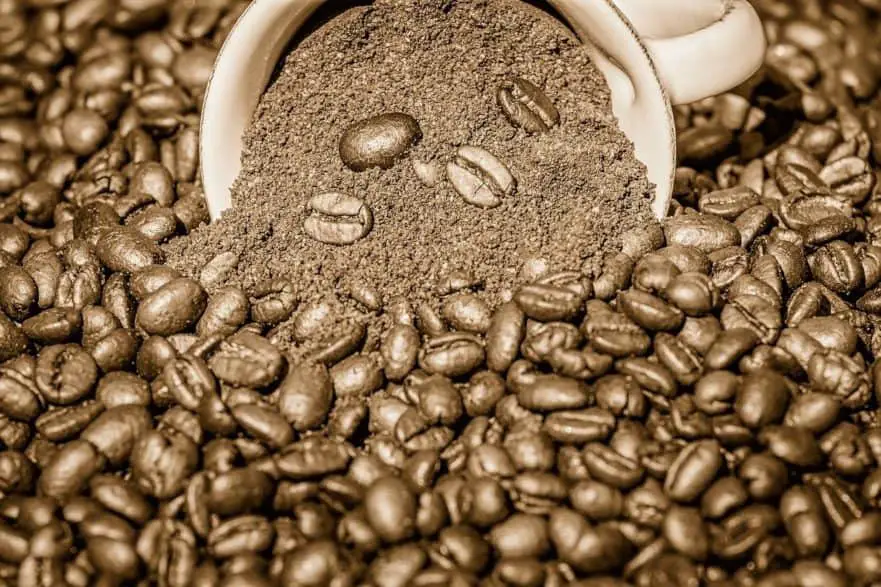
Picture grabbing a bag of pre-ground coffee at the store, then spotting a fresh-roasted bag from a local café. It’s like choosing between factory white bread and a warm, artisan loaf—the difference in flavor and quality hits you hard. Whole bean coffee delivers fresher, bolder taste, while ground coffee wins for convenience. But which is right for you? This guide breaks down the pros and cons, from freshness to cost, to help you pick the perfect brew. Let’s jump in.
What Makes a Great Cup of Coffee?
A stellar cup of coffee hinges on several factors: water quality, brew temperature, grind size, and, most importantly, bean freshness. Freshness drives flavor, as coffee’s volatile compounds—oils and aromas—fade once roasted. Whole bean coffee keeps these compounds locked in longer, while ground coffee, with its exposed surface, loses them fast. Whether you’re after a bright Ethiopian pour-over or a smooth Brazilian drip, starting with fresh coffee is the key to a cup that pops.
Whole Bean Coffee: The Freshness King
Whole beans are coffee at its peak. Roasted beans take 3–7 days to degas (release CO2), hitting prime flavor at 1–4 weeks, per SCA guidelines. Stored right, they stay vibrant for 1–2 months, up to 6 months if sealed. Grinding just before brewing preserves oils and aromas, delivering a rich, nuanced cup—think citrusy Yirgacheffe or nutty Colombian Supremo.
The catch? You need a grinder (burr, not blade, for uniform particles) and a few extra minutes. Whole beans cost more ($10–$20/lb), but the flavor payoff—especially for single-origin varieties—makes it worth it. Buy from local roasters or online (e.g., Blue Bottle) with clear roast dates for max freshness.
Ground Coffee: Convenience First
Ground coffee is the go-to for speed. Pop open a can or bag, scoop, and brew—no grinder needed. It’s cheaper ($5–$15/lb) and consistent, with big brands like Folgers blending beans for a predictable, if muted, taste. Unopened, vacuum-sealed ground coffee lasts 3–6 months; opened, it’s best within 1–2 weeks before staleness sets in, per coffee chemistry studies.
The downside? Ground coffee stales 10–20 times faster than whole beans due to its larger surface area, oxidizing oils and dulling flavors, per recent research. Supermarket blends often lack the depth of single-origin whole beans, and poorly stored grounds (e.g., humid cans) risk mold, though rare. It’s the fast-food burger of coffee—reliable but not memorable.
Why Freshness and Grinding Matter

Freshness and grinding are the heart of great coffee. Once roasted, beans battle air, which saps aroma and flavor through oxidation. Whole beans, with their protective outer layer, hold up for weeks, while ground coffee’s exposed particles lose vibrancy in days, staling 10–20 times faster, per 2024 studies. Grinding just before brewing locks in those volatile compounds—oils that carry citrus, nutty, or chocolate notes—for a cup that sings. Pre-ground coffee, even nitrogen-flushed, can’t match that, as its flavor peaks at roasting and fades fast.
The timing of your grind matters just as much. Crack a bean, and oxygen rushes in, stealing flavor within hours, per 2025 brewing guides. A medium-coarse grind for drip or coarse for French press, done with a burr grinder, ensures even extraction and max flavor. Pre-ground coffee, stuck at one grind size, limits brewing options and freshness, producing flatter cups, especially for methods like pour-over that need precise grinds.
Comparison Table
Here’s how whole bean and ground coffee stack up:
| Factor | Whole Bean | Ground Coffee |
|---|---|---|
| Freshness | 1–2 months opened, 6–9 months unopened | 1–2 weeks opened, 3–6 months unopened |
| Flavor | Rich, nuanced, single-origin options | Consistent but muted, blended profiles |
| Convenience | Needs grinder, 2–3 min prep | No grinder, instant scoop-and-brew |
| Cost | $10–$20/lb + grinder ($50–$150) | $5–$15/lb, no extra gear |
| Storage | Airtight canister/valved bag, cool, dark | Airtight container, use quickly |
Where to Buy Fresh Coffee
Local roasters are gold for whole beans, offering beans roasted days ago, often on-site. Chat with the roast master about varietals—Kenya AA’s fruity zing or Ethiopian Yirgacheffe’s citrus pop—or blends tailored to your taste. Online roasters (e.g., Counter Culture, Intelligentsia) ship fresh with roast dates, ideal if local options are slim.
For ground coffee, check supermarkets for nitrogen-flushed bags with recent roast dates, but expect less flavor than whole beans from a café. Always check for roast dates over “best by” labels to ensure freshness, per roaster tips.
Cost, Convenience, and Storage
Choosing between whole bean and ground coffee often comes down to cost, ease, and how you store it. Whole beans run $10–$20/lb, plus a $50–$150 burr grinder, but deliver better flavor per cup, stretching value. Ground coffee ($5–$15/lb) skips the grinder and prep time, suiting rushed mornings. However, ground coffee’s single-use cans (e.g., Maxwell House) generate more waste than recyclable whole bean bags, a concern in 2025 sustainability pushes, per eco-blogs.
Storage is key to keeping either fresh. Whole beans in airtight canisters (e.g., Airscape) or valved bags, kept cool (50–70°F) and dark, last 1–2 months opened, 6–9 months unopened. Ground coffee needs the same—airtight, away from heat or light—but stales faster, so use within 1–2 weeks. Nitrogen-flushed bags, common in specialty brands, displace air for longer shelf life. Avoid fridges (moisture risk) and open cans, which invite mold in humid conditions, though rare, per food safety studies.
Coffee Origins

Whole beans let you dive into single-origin flavors—Kenya AA’s bright fruitiness, Yirgacheffe’s clean citrus, or Colombian Supremo’s nutty balance, per roaster profiles. Ground coffee, often blended for consistency, mutes these nuances, like a fast-food patty versus a gourmet burger.
Try a local roaster’s single-origin whole beans to taste the difference, Do yourself a favor and try to explore regional profiles, from Costa Rican Tarrazú’s acidity to Brazilian Cerrado’s earthy depth.
Taste Test Challenge
Curious about the hype? Run a taste test. Grab a bag of pre-ground coffee (e.g., Dunkin’) and a fresh-roasted whole bean bag from a local roaster or online (try Yirgacheffe or Kona). Grind the whole beans, brew both using the same method (drip or pour-over), and sip each after cleansing your palate with water. The whole bean’s brightness and depth will likely wow you.
Final Thoughts
Whole bean coffee brings bold, fresh flavor that ground coffee can’t match, like an artisan loaf versus store-bought bread. It’s pricier and takes a bit more work, but the taste—especially from single-origin beans—is worth it. Ground coffee’s ease suits busy days, but its muted flavor and quick staleness pale in comparison. Try a local roaster’s whole beans, grind fresh, and see why coffee pros swear by it.

